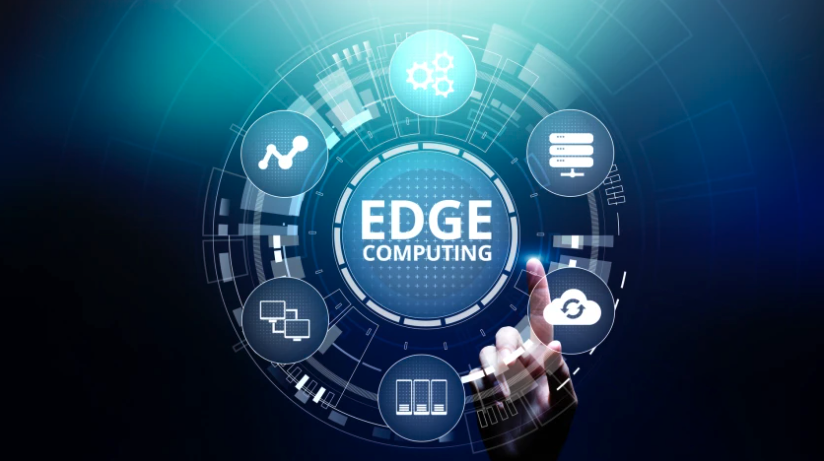Top 5 Things To Know About Edge Computing
Many companies want Internet of Things (IoT) devices to monitor and report on events at remote sites, and this data processing must be done remotely. The term for this remote data collection and analysis is edge computing. Edge computing refers to generating, collecting, and analyzing data at the site where data generation occurs, and not necessarily at a centralized computing environment such as a data center. The device is often placed at different locations, to transmit the data in real time or later to a central data repository.Edge computing technology uses digital devices, such as smartphones, tablets, sensor-generated input, robotics, automated machines on manufacturing floors, and distributed analytics servers for “on the spot” computing and analytics.
IoT and edge computing are used in a wide variety of industries and more than five million smart sensors and other IoT devices are currently in use around the world. These devices will generate at least 507.5 zettabytes of data and edge computing will help organizations handle this volume of data. Many companies have already deployed edge computing as part of their IoT strategy. Companies can install edge computing solutions in-house or subscribe to a cloud provider’s edge computing service. Here are the top five things to know about edge computing:
1. It’s about data you don’t need to store: A lot of processing is spent sending data to a server for it to analyze and then decide to act on. If the analysis can happen closer to you, that reduces what has to be sent to the data center and speeds things along. An example is autonomous cars reacting to changing traffic conditions by getting data from nearby sensors directly, instead of from a central server.
2. It depends on smart devices: An Internet of Things device with a little machine learning can help run things at the edge that otherwise would have to go up into the cloud. For example, those traffic sensors need to be smart enough to know what to tell the cars.
3. 5G will help: The vast improvements in lag and latency help but also the ability to have more devices on a 5G node means there’s more room on a network to have edge devices.
4. It can help the office: Virtual desktops can save money, increase security and allow mobility. To make them practical, you don’t just need a fast connection you need a close connection. Lightweight apps that can do most tasks from nearby edge computing resources make virtual desktops much more viable.
5. It’s going to take work: Edge computing is a few years out and meanwhile everyone is rewriting apps for the cloud. They may have to re-re-write them for the edge at some point, so keep that in mind. Not all the data will stay at rest in the data center forever.








